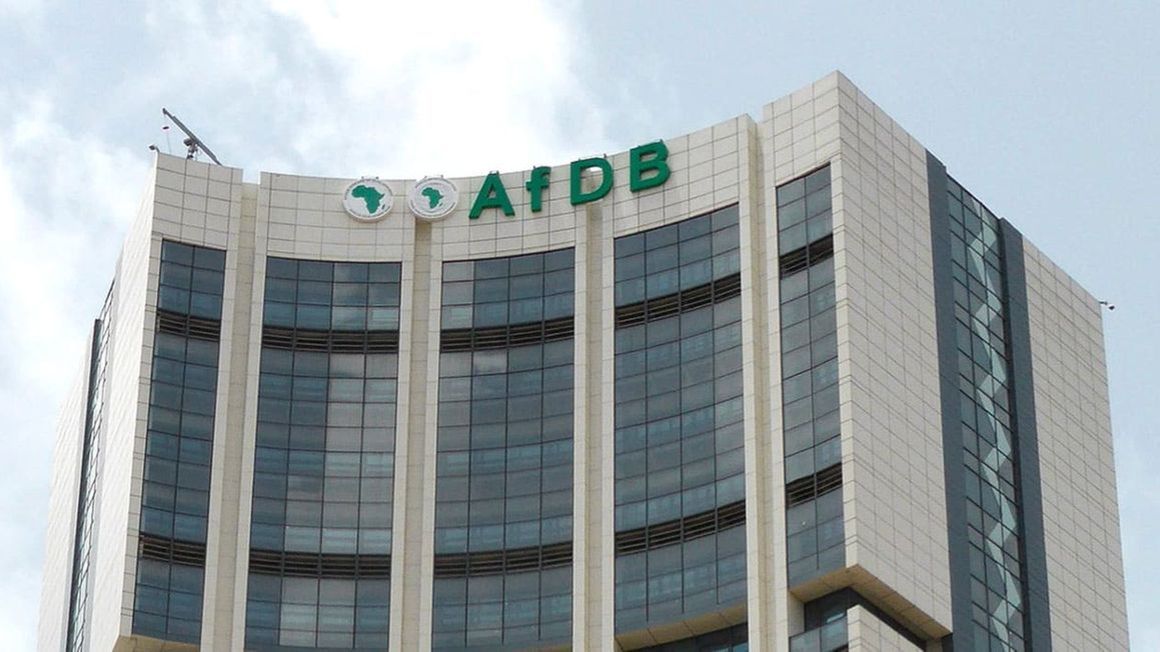Cocoa crisis: Prices surge to record highs due to poor harvests in West Africa

Factors such as illegal gold mining, climate change, and disease outbreaks like the swollen shoot virus are wreaking havoc on cocoa plantations.
Poor harvests in key cocoa-producing regions, particularly in West Africa, have caused the price of cocoa to skyrocket in recent months, troubling cocoa lovers and chocolate enthusiasts around the globe.
This surge in cocoa prices, fueled by extreme weather conditions and other factors, is sending shockwaves through the industry and could spell trouble for chocolate lovers everywhere.
More To Read
- Ghana suspends all boxing activities following boxer’s death
- Should African countries lower the voting age to 16? Views from Ethiopia, Ghana, Kenya and Nigeria
- Colonialism and climate risk are connected: evidence from Ghana and Senegal
- Mónica’s story: The woman shipped from Ghana to Portugal in 1556 to stand trial for using traditional medicine
- How to make irresistible caramel popcorn using a sufuria
- Ghana’s war on illegal gold mining fails: How political elites, corruption undermined moratorium
The cocoa market has been in turmoil, with prices reaching all-time highs exceeding $10,000 per tonne before settling slightly lower.
Disappointing harvests in Ghana, Ivory Coast, and Cameroon, countries that collectively produce the majority of the world's cocoa, have contributed to this price surge. Supply disruptions in these regions, which account for about 60 per cent of global cocoa production, have exacerbated concerns about shortages and price hikes.
The repercussions of this cocoa crisis are far-reaching. Cocoa is a crucial ingredient in various chocolate products and confectioneries, as well as in other industries such as cosmetics, health supplements, and beverages.
With cocoa prices soaring, consumers may soon feel the pinch as chocolate prices rise and shortages loom on the horizon.
West Africa, long considered the powerhouse of cocoa production, is facing significant challenges. Factors such as illegal gold mining, climate change, and disease outbreaks like the swollen shoot virus are wreaking havoc on cocoa plantations.
In Ghana alone, hundreds of thousands of hectares of cocoa plantations have been affected by swollen shoots, leading to a drastic reduction in yields and threatening the country's cocoa supremacy.
Efforts to mitigate the cocoa crisis are underway, albeit with significant challenges. Initiatives to rehabilitate affected cocoa plantations and combat diseases like swollen shoots are being hampered by funding shortages and logistical constraints. Additionally, the looming threat of climate change threatens to further complicate efforts to revive cocoa production in West Africa.
The International Cocoa Organisation predicts a supply deficit of 374,000 tonnes for the current season, a sharp increase from previous years. The industry's future appears bleak due to this deficit and the increasing demand for cocoa products.
As West Africa struggles to meet global demand, attention is turning to other cocoa-producing regions, particularly in Latin America. Ecuador, Brazil, and Peru are in a position to boost their cocoa production, potentially compensating for the decline in West African harvests.
Chocolate makers such as Hershey's and Mondolez are already feeling the heat, with rising cocoa prices impacting their earnings and prompting price hikes for consumers. As the industry grapples with the challenges posed by the cocoa crisis, companies are exploring various strategies to manage costs and maintain profitability.
Top Stories Today












































